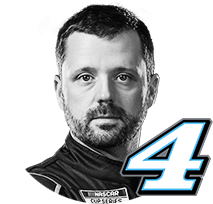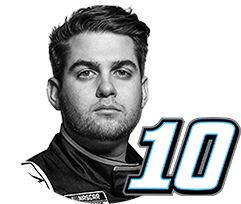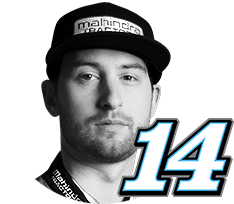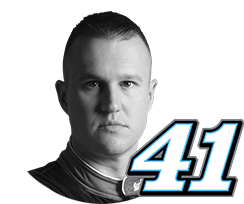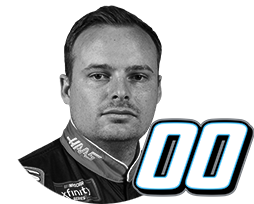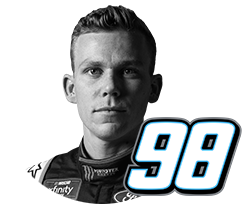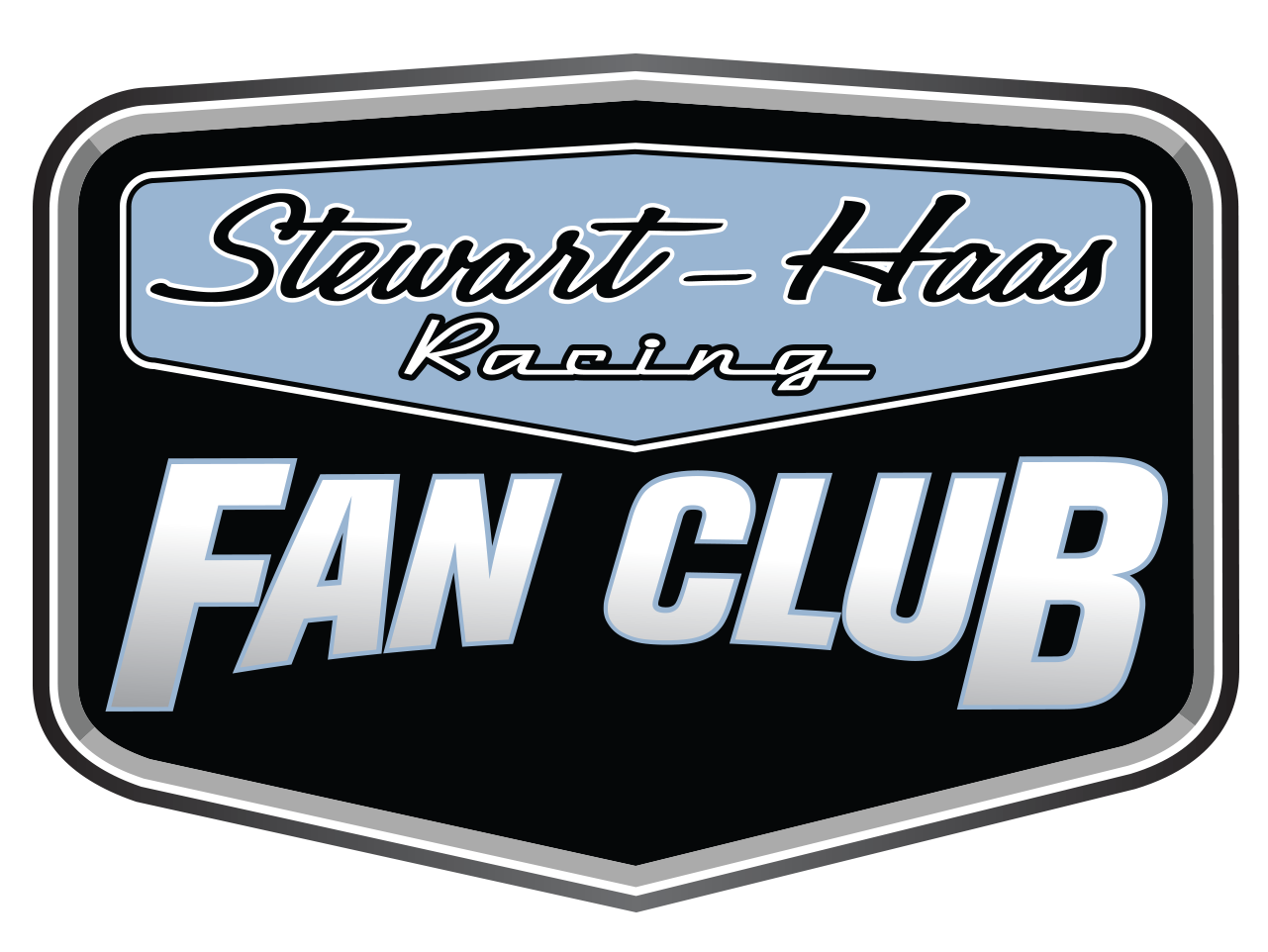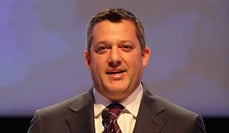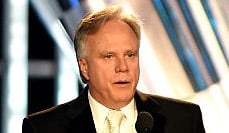ExxonMobil’s new high-performance product line provides exceptional performance benefits. It’s no wonder, then, that 2004 Monster Energy NASCAR Cup Series champion Kurt Busch, driver of the No. 41 Ford Fusion for Stewart-Haas Racing (SHR), was chosen to fly its colors during Sunday’s Richmond 400 at Richmond (Va.) International Raceway.
Mobil 1 Annual Protection allows customers to go longer between oil changes – one full year or 20,000 miles, whichever comes first. It’s a low-impact product designed to help safely reduce the amount of used oil generated through regular oil changes. In fact, more than 2 billion quarts of oil would be saved each year if every driver in the United States switched to Mobil 1 Annual Protection.
Busch will look to exceed expectations as Mobil 1 Annual Protection does this weekend at Richmond, a track where he’s had some exceptional results.
In 32 NASCAR Cup Series starts at Richmond, Busch owns a pair of victories. The first came in September 2005, when Busch started fifth and led 185 laps en route to the win. Busch scored his second Richmond victory in April 2015 driving an SHR-prepared racecar. He turned in a dominating performance, leading six times for a race-high 291 laps and holding off his teammate Kevin Harvick, to score his first win of the 2015 NASCAR Cup Series season. In addition to his success in NASCAR’s top touring series, Busch also has a NASCAR Xfinity Series win at the .75-mile track, scoring the victory in April 2012.
But Richmond has been a bit fickle for Busch, who has had a handful of races in which he flirted with additional victories but wound up with less-than-stellar results. It was a trend the Las Vegas native changed, however, during this very race just two years ago when he was finally able to take advantage of a dominant racecar and found his way to victory lane once again.
There’s no doubt Busch has the know-how and the determination needed to put his No. 41 Mobil 1 Advanced Protection Ford Fusion in victory lane at the .75-mile oval known as “The Action Track.”
Busch heads to Richmond after a disappointing outing in Monday’s rain-delayed race at Bristol (Tenn.) Motor Speedway. Since winning this year’s season-opening Daytona 500, Busch and his No. 41 team have scored three top-10 finishes in the first eight races but have experienced a string of bad luck. Despite that, their goals remain the same – scoring another early season victory, accumulating playoff points and returning to victory lane at Richmond.
KURT BUSCH, Driver of the No. 41 Mobil 1 Advanced Protection Ford Fusion for Stewart-Haas Racing:
How much does a short-track move, like what Ricky Stenhouse did to Kyle Busch at Martinsville, pushing him out of the way at the end of the stage, open everybody’s eyes?
“I think that moment at Martinsville is a perfect definition to the stage racing. It creates opportunities for many different things to happen, whether you’re a lapped car or you’re the leader. Short tracks, superspeedways, road courses – those are the three types of tracks that I thought would be impacted the most by stage racing. At the mile-and-a-half racetracks, we get a little bit spread out, yet there are still certain things you do because certain mile-and-a-halves chew up the tires, big-time, compared to other mile-and-a-half tracks, so the pit strategy still gets sprinkled in. I think what happened at Martinsville is a perfect definition of what the stage racing was meant to do.”
Why do you like racing at Richmond so much, and why do you think it suits your driving style?
“There are things you have to do on a short track to work on conserving the tires. Also, making sure you are good on the short run, making sure you are good on the long run, because restarts have become so much more important over the last couple of years. You don’t know if you are going to have a long run to finish the race or if you are going to have short run. You’ve just got to be ready for everything and, it seems like, at the short tracks, the preferred lane on restarts is becoming more and more important. You hope you are on the inside lane when it comes down to one of the final few restarts and, that way, you are able to gain positions instead of having to be on the defense. Richmond is a fun track. They used to call it the action track. That was when the groove would widen out and get to two, three lanes wide. We always hope to get back to that and it’s a matter of finding the right tire and the right downforce combination to allow the cars to race competitively, side-by-side, in safe situations. That is what we want to do – put on a good show.”
What is the hardest thing to figure out at Richmond?
“For me, it’s turn four. The races I’ve won there, I had a good car on the exit of turn four. Races I’ve lost or ran poorly, my exit of turn four wasn’t that good. It’s really a tough corner to get good traction put down.”


